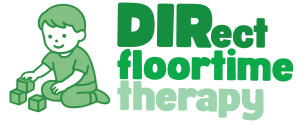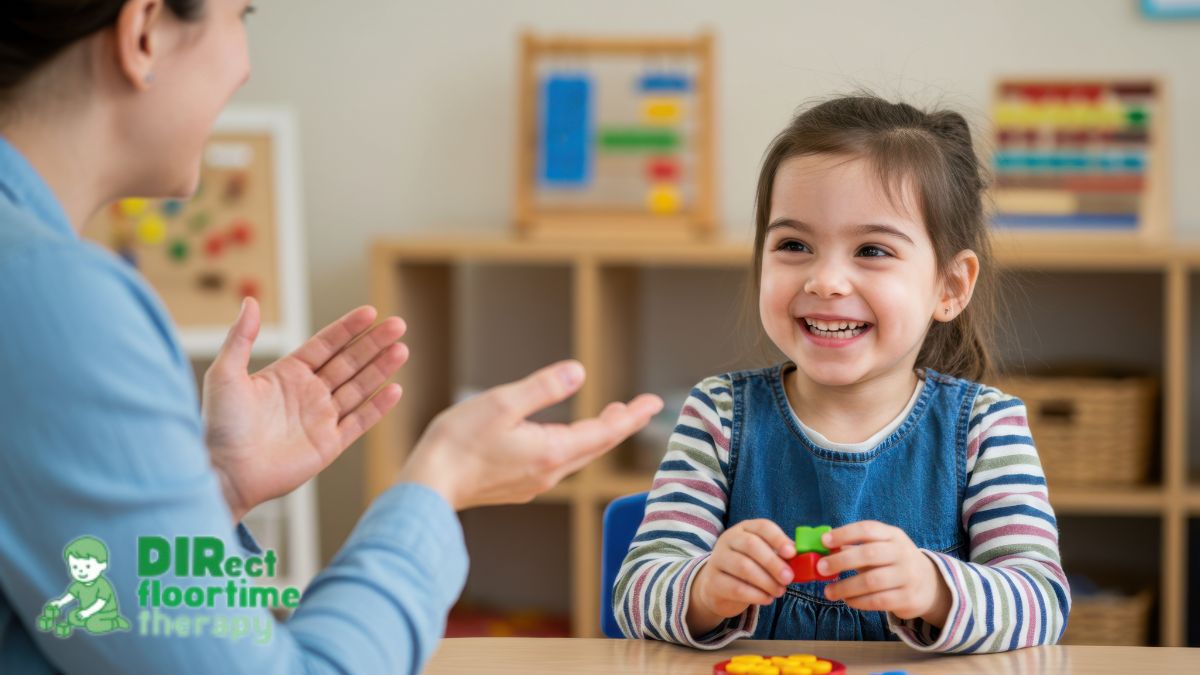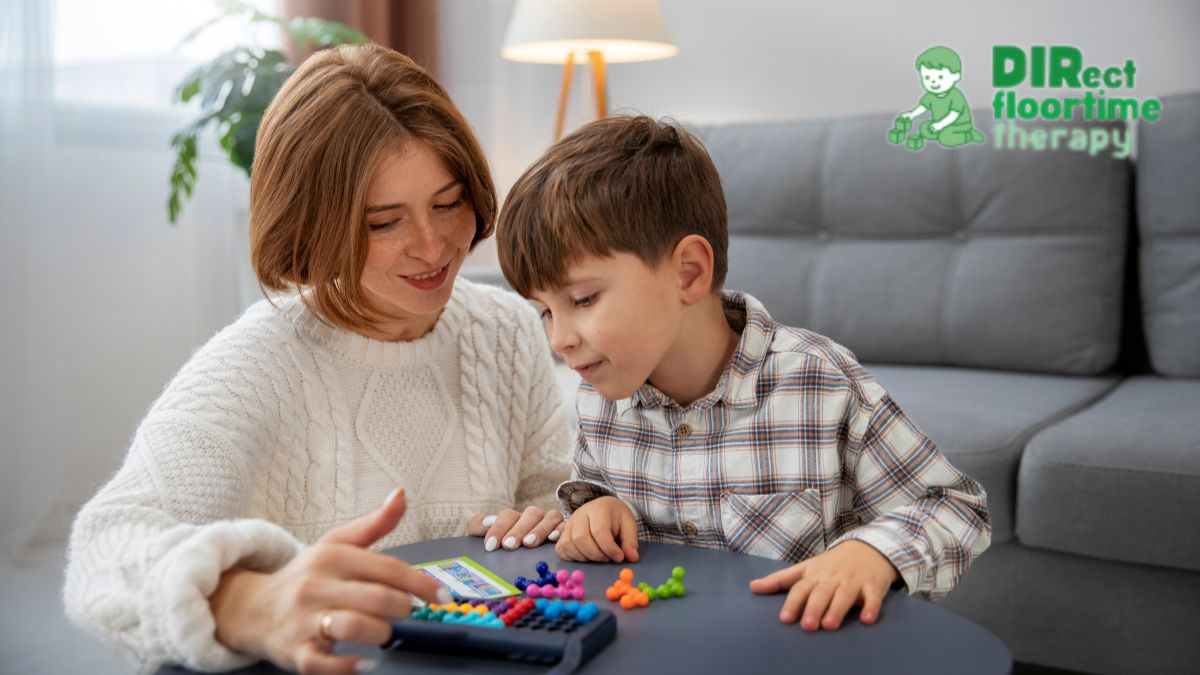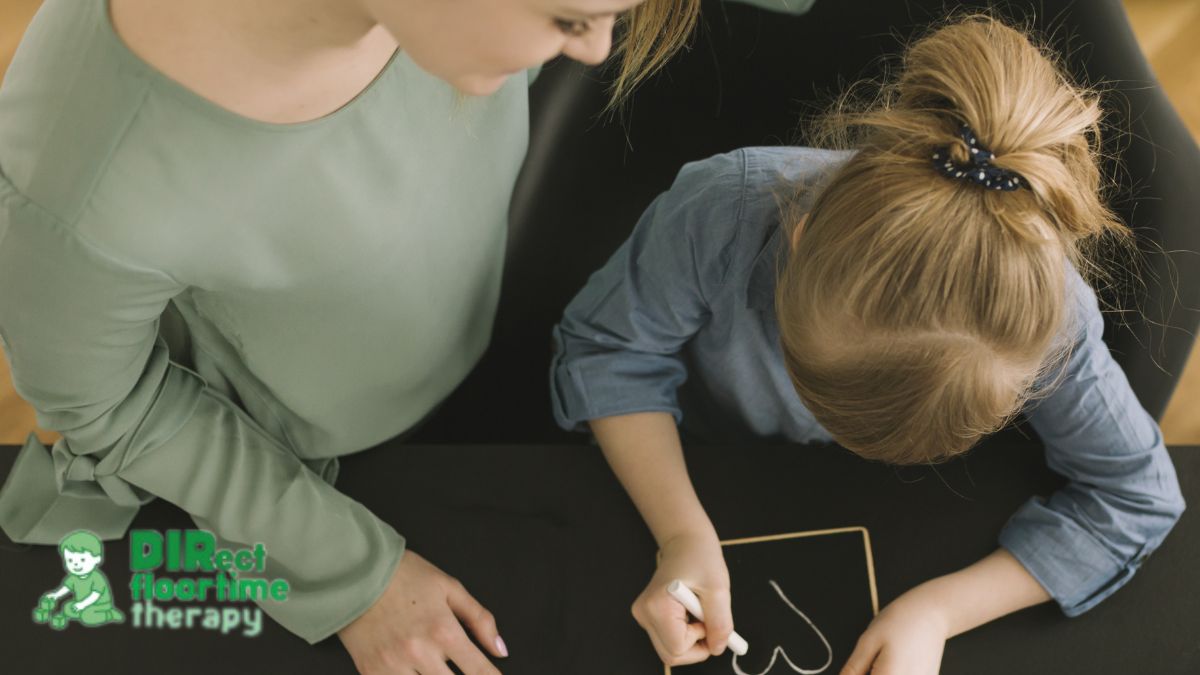Key Points:
More families in New Jersey now turn to play therapy. They see it as a helpful option for children facing anxiety, life changes, or autism.
Play therapy helps kids share feelings through play when words don’t come easy. It’s a simple yet powerful way to support emotional growth and healing.
A trained play therapist turns play into a safe, guided activity. Kids gain confidence. They also practice social skills and learn coping tools they can use every day.
In New Jersey, more parents are turning to play therapy for children as a way to support emotional growth and healthy behavior. If you’ve ever searched “play therapy NJ,” you’re probably curious about how it works. Kids don’t always have the words to describe what they feel. But they do have play. Through play, children show emotions, process experiences, and even heal.
This is where a trained play therapist becomes essential. By turning play into a safe and guided experience, kids can build confidence, manage big feelings, and learn skills for everyday life. Whether it’s a child struggling with anxiety, adapting after change, or needing help with expression, play therapy opens the door to brighter possibilities.
An Overview: What Is Play Therapy?
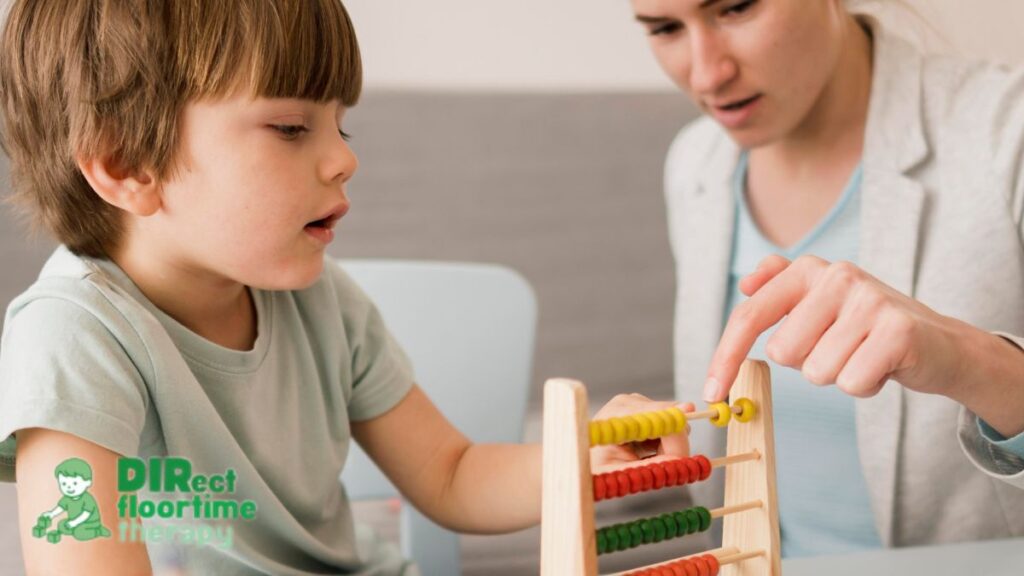
So, what is play therapy exactly? It’s a research-backed approach that uses toys, games, art, and role-play to help children express emotions when words aren’t enough. The Association for Play Therapy calls it “the systematic use of a theoretical model to help clients prevent or resolve psychosocial difficulties and achieve optimal growth and development.”
Why does this method work so well? Because play is a child’s first language. Whether stacking blocks or acting out a story, kids reveal their hopes, fears, and thoughts without realizing they are in “therapy.”
Research supports this. A meta-analysis by Bratton et al. (2005) reviewed more than 90 clinical studies and found that play therapy helps reduce emotional and behavioral difficulties in children. It also boosts emotional regulation, problem-solving, and social skills.
Core Methods in Play Therapy for Children with Autism
Play therapy for autism often uses methods that build communication, social skills, and emotional growth. Some of the most effective strategies include:
- Structured Play—Games like turn-taking or board activities teach social rules, cooperation, and patience.
- Sensory Play—Sand play, water play, or textured tools encourage sensory processing, focus, and creativity. Studies on sensory integration therapy show benefits for emotional and motor development.
- Pretend Play – Role-playing, dress-up, and storytelling allow kids to practice conversations, show emotions, and understand social roles.
Each child’s program is personalized. By combining these methods, a play-based therapist creates interventions that meet unique needs while promoting steady growth.
The Behavioral and Emotional Benefits
Play therapy isn’t only fun—it’s transformative. Some of the most consistent benefits include
- Emotional Expression – Kids process sadness, anger, or fear in healthy ways.
- Social Skills – Play scenarios naturally develop sharing, empathy, and cooperation.
- Confidence—Small wins in play build stronger self-esteem.
- Problem-Solving – Creative play helps kids learn flexible thinking and coping strategies.
- Behavioral Growth – Disruptive behaviors often decrease as kids practice healthier responses.
A 2021 study in Frontiers in Psychology noted that children receiving play therapy showed greater resilience and stronger emotional regulation compared to peers in standard counseling.
Play Therapy’s Impact on Autism Treatment
For children with autism, play therapy works hand in hand with behavioral programs. It offers what structured methods sometimes miss—spontaneous play and emotional connection.
Complementary Approach
- Strengthens traditional methods by encouraging self-expression.
- Creates a calm, natural space for skill development.
- Research shows progress may appear within 20 sessions, though timing varies.
Parent-Child Collaboration
- Parents often join sessions or continue strategies at home.
- Strengthens parent-child bonds while lowering long-term costs.
- Empowers families with tools to support growth.
Developmental Support
- Builds coping skills, confidence, and communication.
- Targets milestones like turn-taking or pretend play.
Brain Integration
- Links emotion and logic through right-left brain activity.
- Boosts oxytocin for well-being.
- Activates mirror neurons, improving therapist-child connection.
Together, these elements give children with autism a holistic path to stronger communication and social connection.
Pediatric Play Therapy: How It’s Different
Pediatric play therapy focuses on developmental needs specific to children. Instead of talking in a chair, kids engage on the floor, in sand trays, or through imaginative games.
| Focus Area | How It Works |
| Emotional Growth | Toys and art help children show feelings without words. |
| Developmental Support | Activities fit each stage of development. |
| Safe Exploration | A structured yet creative space lets kids explore freely. |
The Journal of Child Psychology and Psychiatry notes that pediatric play therapy improves anxiety and behavior within 12–20 sessions.
Choosing a Play-Based Therapist
Not every counselor is trained in play therapy. So, what should parents look for?
- Credentials – Certification from the Association for Play Therapy (APT).
- Specialization—Experience with children ages 3–12.
- Approach—Flexible style, either directive, non-directive, or blended.
- Environment—A space with purposeful toys and creative tools.
Most importantly, a child play therapist should build trust quickly. The goal is to guide kids toward emotional growth without pressure.
Children’s Play Therapist Near Me: Why Location Matters
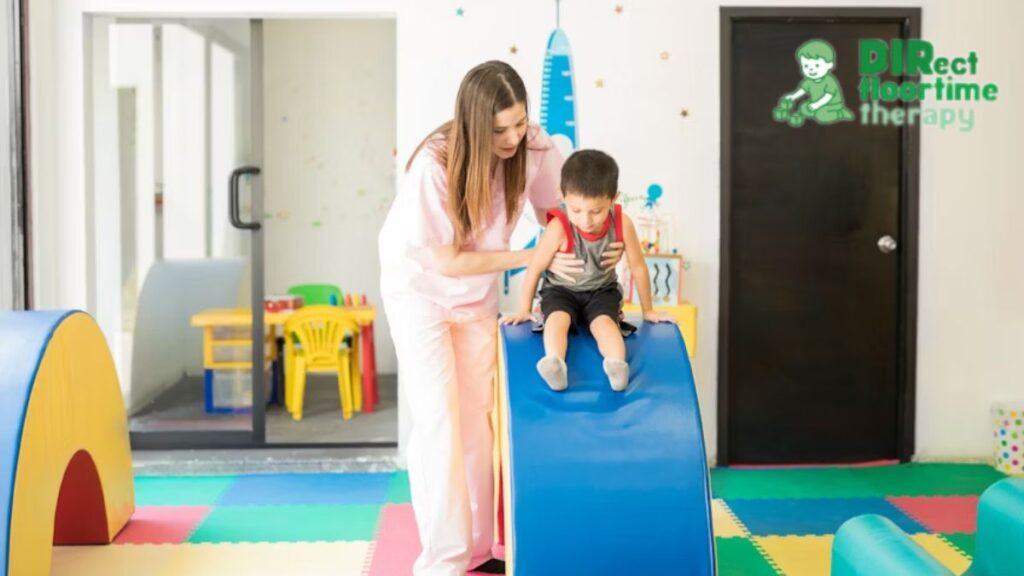
If you’ve searched “children’s play therapist near me” or “play therapy for kids near me,” you know how important location is. A local therapist in New Jersey makes weekly sessions easier and reduces stress from travel.
Local knowledge also matters. A therapist familiar with New Jersey schools and communities can tailor support to match family needs. This makes the process feel personal rather than clinical.
Real-World Example: How Play Therapy Works
Take a 7-year-old in New Jersey struggling with school anxiety. Instead of talking, the child shows fear through dolls. The dolls fidget, cry, and resist sitting at a desk.
The therapist guides the play, adding tools like a “deep-breathing teddy” or “bravery cape.” Over weeks, the child practices coping. Soon, the real-life outcome improves—better focus, fewer meltdowns, and more confidence at school.
This story mirrors research: play therapy gives kids usable strategies, not quick fixes.
Research on Play Therapy for Autism
Recent studies highlight strong results for play therapy in autism care. A 2023 review in Frontiers in Psychiatry found that pretend play boosted turn-taking, while sensory play improved tolerance to textures and sounds. These skills later supported smoother peer interactions.
Five studies with children ages 5–11 also reported consistent gains in social engagement, measured through tools like the Social Responsiveness Scale-2 (SRS-2). Child-centered play therapy (CCPT) in particular helped children regulate emotions and bond with parents.
For families searching for play therapy for autism near me, the evidence suggests it’s a gentle yet effective way to encourage lasting growth.
Why New Jersey Families Choose Play Therapy
Why are more families in New Jersey turning to child play therapy? The reasons are clear:
- Encourages healthy emotional development.
- Reduces stress from transitions like divorce or moving.
- Supports conditions like autism and ADHD.
- Builds resilience for the long term.
With more trained providers nearby, “therapy New Jersey” now means more than treatment. It means empowerment.
FAQ: Questions Parents Often Ask
1. Can older kids or teens benefit from play therapy?
Yes. While best for ages 3–12, older kids may benefit through adapted methods like art therapy or role-play.
2. How soon will I see changes in my child?
Some children show progress in 4–6 sessions. Others need more time. Consistency is key.
3. Is play therapy helpful for shy or nonverbal children?
Yes. Nonverbal play lets children express feelings without pressure to talk.
4. Do therapists involve parents in sessions?
Often, yes. Parent participation strengthens learning at home and improves bonds.
5. How does play therapy differ from school counseling?
School counseling focuses on guidance whereas a play therapist uses specialized tools to access deeper emotional layers.
Helping Your Child Grow Through Play Therapy
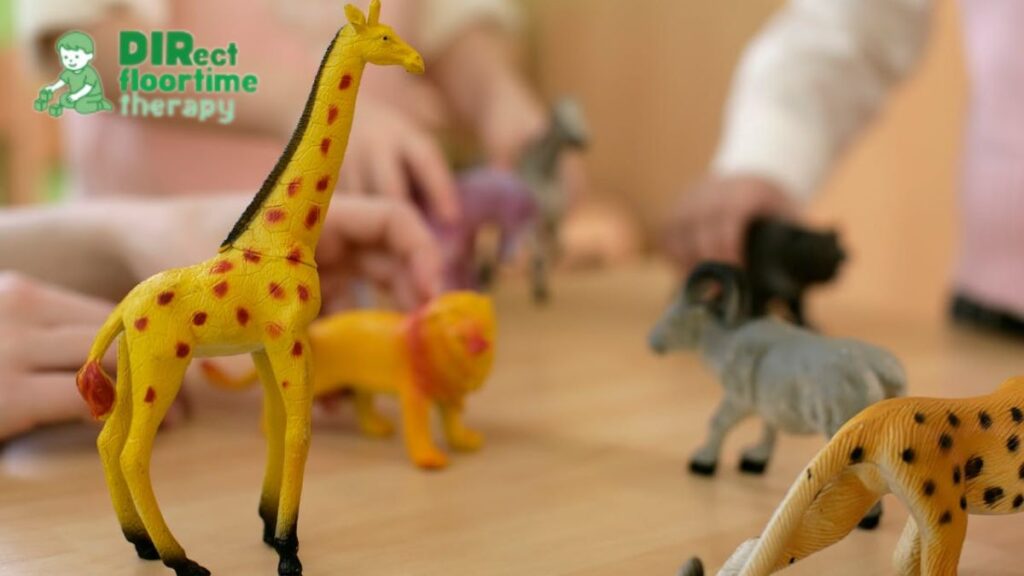
Play therapy is more than structured play. It’s a proven way to help kids build emotional strength and behavioral resilience. Families searching for play therapy in NJ often find that it empowers children to communicate better, regulate emotions, and face challenges with confidence.
Many families also pair pediatric play therapy with approaches like DIRect Floortime Therapy. Together, they nurture social growth and deepen parent-child connections. Parents looking for a child behavioral therapist in NJ or a child play therapist discover that this blended care creates lasting results. If you’re wondering what play therapy is or curious about play therapy kids programs near you, the next step is simple: reach out to us. With the right guidance, play becomes more than fun—it becomes a path to growth.
